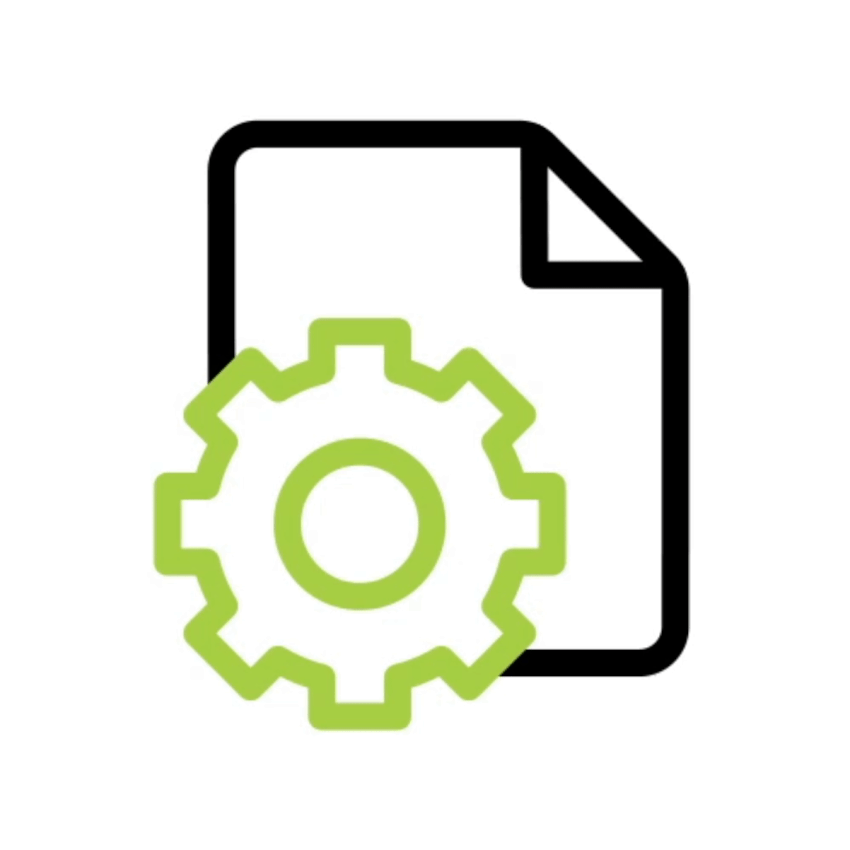
A.Powder is basically paint in a powder form. It is a dry, powder substance that is manufactured in a unique way. It has to be applied on a coating line – it cannot be applied on site, because it has to cure in an oven. It also has to be made in a powder factory. It cannot be mixed on site.
Powder coating is a kind of coating that is used as a free-flowing, dry powder,and does not need a solvent to keep the binder and filler parts in a liquid suspension form , and is typically applied electrostatically and is then cured under heat to allow it to flow and form a hard finish that usually is tougher than conventional paint.
A. No powder needs to be applied to the part on a coating line. It cannot be applied on site because it needs to be cured in an oven.
A. Generally, powder is best suited to metal substrates such as aluminum, steel or brass. It is possible to powder coat other substrates such as MDF, ceramic and glass, but metal substrates are most common. Applying powder to different substrates depends on the applicator!
A. Our thermosetting powders cure (or, alternatively, crosslink) upon the application of heat to chemically change to form a three-dimensional structure that will not re-melt. They are different from thermoplastics (liquid paints are thermoplastic) as thermoplastics do not have a cure reaction and will re-melt if reheated.
A. Check out the product section of our website here. That gives you lots of information on the different chemistries available, their performance characteristics, what they are best suited to and the various tests they will pass. If you would like help and advice choosing the right powder chemistry for your application and budget, just contact us and we’ll be happy to help. Often people just pick a color, without checking that the product chemistry is right for their application. Then if the powder fades or doesn’t perform as expected, the powder is blamed rather than the decision to use the wrong chemistry!
A. We have several different powder chemistries available in many different colors. Check our products section for more information on the different chemistries and the different applications they are suited to.
A. Application Benefits: One coat application, Virtually 100% material utilization, Ready for use, Low operating costs, High material utilization, Low operating costs,Easy to process and clean.
Safety and Environmental Benefits : Solvent free , Reduced air pollution , Easier waste disposal, Lower Fire Insurance
End Product Benefits :Consistent high quality, Low rejection rate, High durability and protection, Wide range of colours and effects , Wide range of finishes available: Glossy, Matt,Satin, Stucture, textured, And many more finishs,Lower applied materials costs.
A. The widely-used methods in powder coating process are fluidized bed , electrostatic corona spraying and tribostatic spraying .
Domestic: sales@nicecoatindia.com
International: global@nicecoatindia.com